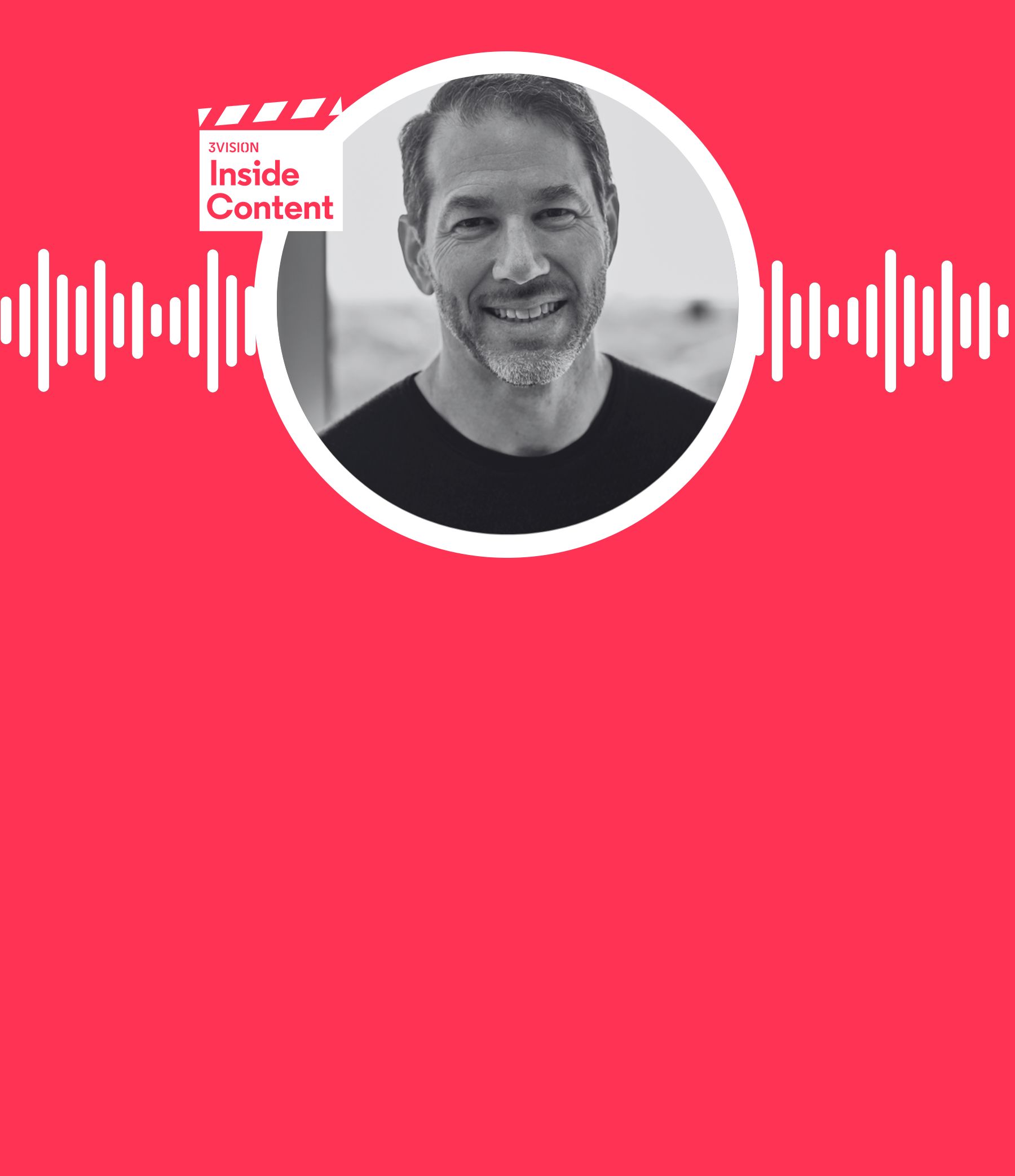The TV landscape is rapidly changing and this means increasing levels of complexity when it comes to acquiring TV and film content. Today we are looking at how to acquire Pay TV channels including other rights such as Multi-Screen, Catch-up and Network PVR.
The launch of IPTV
When IPTV launched back in the early 2000's, lots of channels were worried that they didn't have IPTV rights for the content they acquired to use on their channels - this was particularly true of Studio content. To get that right cleared, they had to renegotiate it and the Studios ended up asked for more money. Looking back, if the channels had been a little more pragmatic and called IPTV Digital Cable then it may have saved them some money. Now, following massive technological advances we find ourselves in a similar situation where functionalities such as Network PVR and 7Day reverse EPG are being requested by operators and the channels have to ensure they have acquired the right to grant these. If they need to go back to clear rights, they are being told they will cost more money.
What is a Pay TV channel?
Pay TV channels are typically defined as those that require payment from an operator if the operator wants to offer them to their subscribers. The type of channel will vary by market and also over time. So don’t take it for granted that a channel that is Free to Air in one market will be Free To Air in another market.

Pay TV Licensing Models
There are few licensing models for acquiring Pay TV Channels
Firstly and most commonly is Cost Per Subscriber or CPS model. Most content acquisition deals are done this way, with a cost per subscriber. This means that an operator pays the channel a small fee (like 10c) for each subscriber they have who has access to the channel on a monthly basis. This can reduce as volume increases and is often dependant on which package the channel is in.
Commonly there is the Minimum Guarantee in a CPS deal. This is where an operator guarantees a number of subscribers which translates to a minimum revenue that the channel will received.This is usually calculated using the platforms projected subscribers which is why it is essential a platform must not over exaggerate its projections or they will find they are landed with large minimum guarantees.
Secondly there are Flat Fees. Some channels now prefer Flat Fees, as they do not trust the reporting numbers especially across Africa. Depending on the level this can work in the Platforms favour and large Platforms often work this way too.

Multi-Screen TV Rights
Often multi-screen is treated as a ‘complimentary right’ to the linear transmission on the cable or IPTV service and it’s relatively straight forward to negotiate. There are restrictions on the number of devices and the number of people watching a stream of content at the same time.
It’s very important to include the right as part of the overall negotiations, when you first license the channel. If however you need to go back and add the right, then there is typically an additional cost which can be an uplift of anything between 5 and 15% on the initial cost.

Catch up TV rights
Catch-up is programming available on demand, typically after a show has premiered on a Linear Channel. There is actually varying terminology for this depending on where you are negotiating these rights and how you are using the on demand content on your service.
Catch-up is quite standard now to include as part of a Pay TV channel deal with some consistent rules. Typically we see programming assets being made available for an operators catch-up service for approximately 30 days. However, the amount of time you will be able to offer those assets for and the refresh rate will all be a part of the negotiation process.
7 day Catch-Up, Replay or Reverse EPG is where you can watch any programme that has been broadcast in the last 7 days. EPG stands for the Electronic Programming Guide and some operators want to allow their consumers to search for content to watch on demand by scrolling back in the EPG. They can then select a programme which links to the available on demand asset. Typically REPG is available on content for 7-days but this is all subject to negotiation.
Start-Over is where you can restart a programme from the beginning at anytime during its linear broadcast. This is made possible because the operator is recording a copy of the programme during the live broadcast.

Network Personal Video Recording (nPVR)
Network PVR is the storage of content on the television service provider's servers in the cloud rather than in the hard disk on the consumer’s STB.
Historically content recorded by consumers has been stored on a Set Top Box (STB) hard drive but network PVR removes the need for a hard drive in the STB - this provides operators with reduced set top box cost. There are also benefits as operators can cost effectively enhance the users service and enable greater penetration of this sort of functionality. In some cases, it drives revenues directly through service charges for bigger storage areas for instance or indirectly by being a benefit bundled with a higher tier. This is a challenging ‘right’ to deal with, as it often varies by content owner and can be heavily dependent on the legislation in a given territory.
As channels are often reliant on securing rights with their content providers, it is necessary to look at the view of the content owners (those selling rights to the broadcast channels). The main objective of a content owner is to maximise the utilisation of their rights in order to gain revenues. As such, in order to protect any other revenues (sales to other services in other licensing windows) there is a reluctance to grant nPVR rights, unless financially compensated. Some content providers think that nPVR will impact negatively potential deals with SVOD providers. The logic being that cloud storage with an operator service has increased the consumers ability to binge content and therefore the value of that content to an SVOD provider is significantly reduced.
There are services that have launched it such as Swisscom, Salt, KPN, NOS – but typically we have seen limited deployments and mixed initiatives outside of the US. Channel owners have been resisting giving permission to operators and they themselves find it hard to get all the rights clearances they need from content owners. In some instances where launches do occur, there has been reliance on local copyright legislation - with different copyright regimes being much more supportive to operators, such as in Switzerland.
To secure these rights then you need to mindful that the channels and content owners will seek more assurances from operators on how the service will operate and what business rules are in place. Therefore it is important to be able to answer questions such as ‘how many hours of our content will be stored’, ‘for what duration’ and ‘can we insert ads?’

Network PVR Roll-Out
In some ways we see the failure of mass nPVR roll out by operators as a missed opportunity by content owners to control the recording of content on a STB. The cloud based element and ‘rights’ requirement of nPVR means that rules can be negotiated and written between operator and content owner on areas such as ‘number of storage hours’ and ‘storage duration’,. However, the reluctance to establish clear business rules has understandably hindered many. None of these rules can be set with content on a hard disk in a STB, and the potential for targeted advertising is also far greater with cloud based PVRs. Network PVR now may be less necessary as content owners have become more generous in providing enhanced catch-up right offers, and therefore the need for consumers to plan and record is reduced with more on demand options such as box sets to satisfy consumer demands.
Want to discuss the latest developments in catch-up rights or Pay TV content acquisition for your platform? Get in touch today.
Watch the latest episodes in our Partner Insights Series:
The 3Vision Partner Insight Series is designed to deliver the latest in content acquisition licensing, providing you with key intel to support your client conversations around launching and improving video services.
Get in touch today to learn more about our Content Acquisition Services






















.svg)



